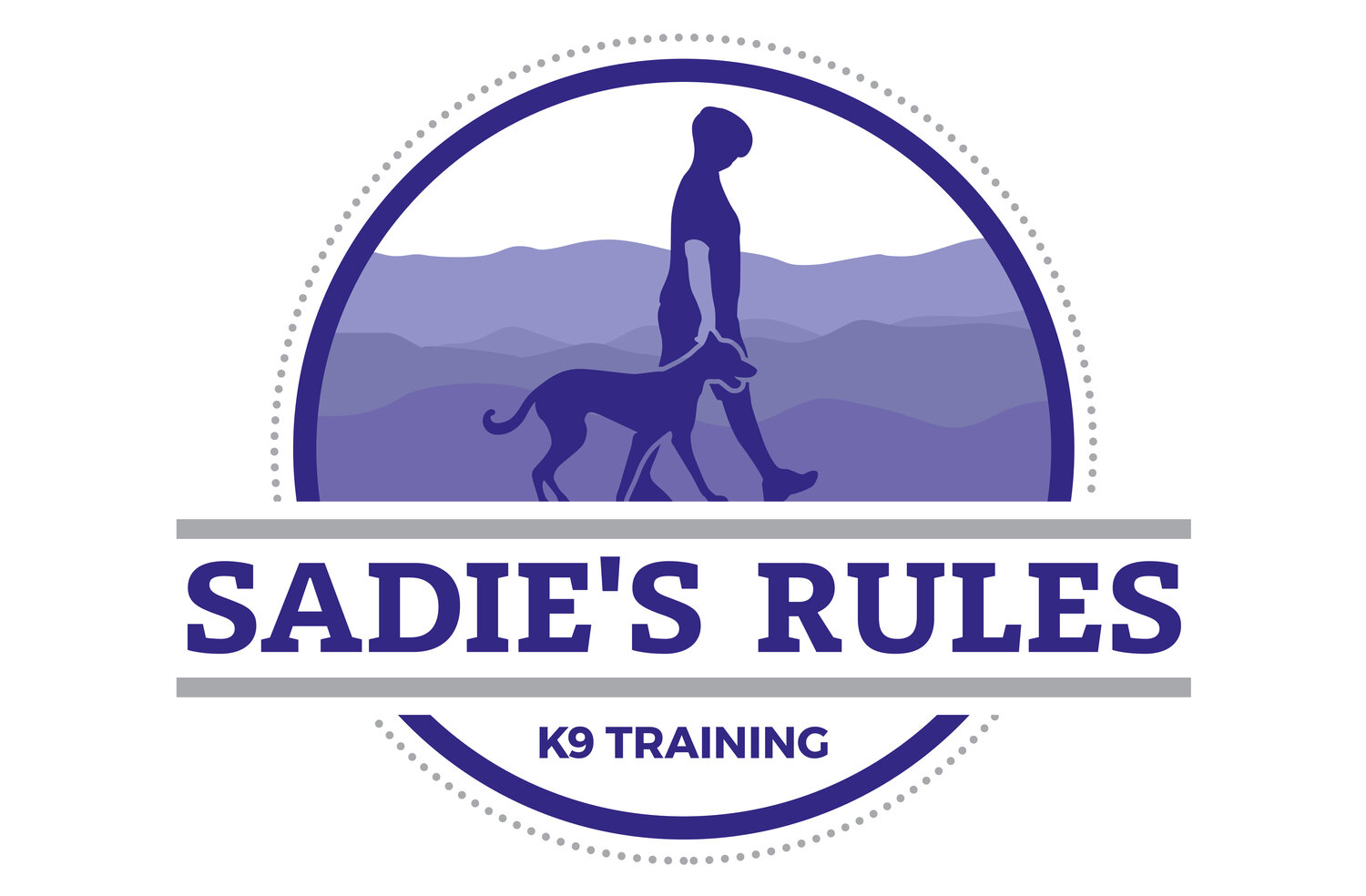Riley, a young and sizable pit mix, is here for our 3-week board & train program. One of her main issues is arousal—she’s very amped up most of the time! She’s sweet as pie and doesn’t mean to hurt anyone, but her size adds a level of risk to behaviors like jumping, leash pulling, and even her wiggly-ness. Her owners are worried that as their infant becomes a toddler, Riley will accidentally knock the baby over. We are definitely teaching Riley basic obedience while she’s here for training (both on and off-leash) and we will pattern calmer behavior around distractions. All of these actions are important, but if that’s all we do, then we are leaving her training incomplete. To really do Riley justice and set her up for success, we also need to teach her how to be in a CALMER state of mind.
In this video, I talk through how I’m communicating this to Riley and teaching her to slow down and think through her behavior.
Here are a few key points that round out the video’s message:
Point #1: Address arousal FROM THE START before the dog even comes out of the crate. This requires patience and clear communication. It’s worth the time investment (see point #5 about the small moments).
Point #2: Communication can happen in different ways with different tools. In this clip I’m using low level taps on the e-collar to address her arousal, and I’m using the crate door to address her pushiness and reinforce the threshold of the crate.
Point #3: Dogs don’t need us to talk. That’s not their natural method of communication. Marker words are helpful but other than that, we need to move away from extra talking and toward methods of communication that come more naturally to the dog (such as the tactile communication).⠀
Point #4: A dog who can calmly exit the crate is a dog who is in a good head space for learning (an aroused dog is not). We will later proof commands in states of arousal (like recalling a dog while they’re mid-play) but we don’t TEACH in states of arousal. That’s a key difference. A dog who is aroused is not using their brain, they’re just reacting, but a dog who is in a calmer state of mind can use their brain and think through their behavior choices.
Point #5: Addressing arousal (and state of mind in general) is about the small moments. We’re not being strict for the sake of being strict; we’re addressing the small moments because we know if we are thorough about the small moments we’re much less likely to ever see the big moments. In this case, if we address Riley’s state of mind before she comes out of the crate, we’re less likely to see the crazy, amped up behavior once she’s out of the crate and interacting with us.

